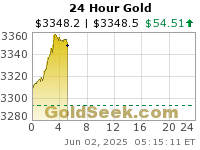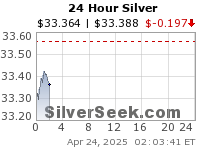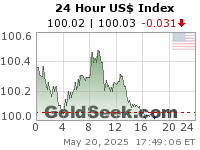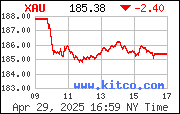 By David Bogoslaw
By David Bogoslaw Focus on Stocks
Avi Horowitz, vice-president of volunteer training and support for the Better Investing Volunteer Advisory Board, agrees that the idea of "not being in this alone" has gained traction because of the fear in the marketplace. BetterInvesting and the NAIC have 88 local chapters across the U.S. that help teach members the basic tenets and techniques of investing for $79 a year, usually through online forums. The online stock study team meets the first Wednesday of each month, and those sessions are recorded and available in online archives.
Unfortunately, the focus of the online tools and recommendations from peers on investing sites is primarily on stocks and stock-based funds, which leaves out a lot of other asset classes that advisers say are necessary to have a well-diversified portfolio. TradeKing is one of the few sites that helps investors who want exposure to fixed income assets as well as stock options. OptionMonster.com, a subscription research site that spawned online brokerage TradeMonster.com in October 2008, and ThinkorSwim.com, which is being purchased by TD Ameritrade also do a good job of educating investors about how to trade options, says Aite's Honore.
Possibly the only investing site that comes close to advocating the same widely diversified approach as most financial advisers is Marketclub.com, which educates members about—and provides trading tools for—a wide range of assets, from U.S. and Canadian stocks and mutual funds to foreign currencies, agricultural and industrial commodities in the cash and futures markets, and government bonds.
Marketclub, which charges subscribers $449 a year, isn't an online broker but gives members what they need to trade various asset classes on their existing brokerage accounts.Scare Rating Services
Marketclub lets users quickly identify which markets are going down or up and to discern trends in all asset classes, says Adam Hewison, the site's co-founder and a former trader on the Chicago Mercantile Exchange. He believes you don't need to make a huge time commitment to manage your own investments. You should be able to tell whether you should stay in or get out of any given asset if you spend even just an hour a week looking at your portfolio with Marketclub's tools.
While there are plenty of online and desktop tools designed to support investors, what's in short supply are ratings services akin to Consumer Reports that assess and compare these products and services. Computerized Investing, a bimonthly publication of the American Association of Individual Investors (AAII), advises readers on the best software and sites for tracking and evaluating their portfolios' performance. Back issues, archived online, can be searched by topic. The AAII Journal, which comes out 10 times a year, offers a discount brokers guide in its February issue, a guide to mutual funds in March, and a tax guide in December that allows investors to plan ahead for what they want to sell or keep, says editor Maria Scott.
It's daunting to go the DIY route. But for those brave enough to make their own investing decisions, there are plenty of resources available.
Bogoslaw is a reporter for BusinessWeek's Investing channel.
You can read the entire article here



















